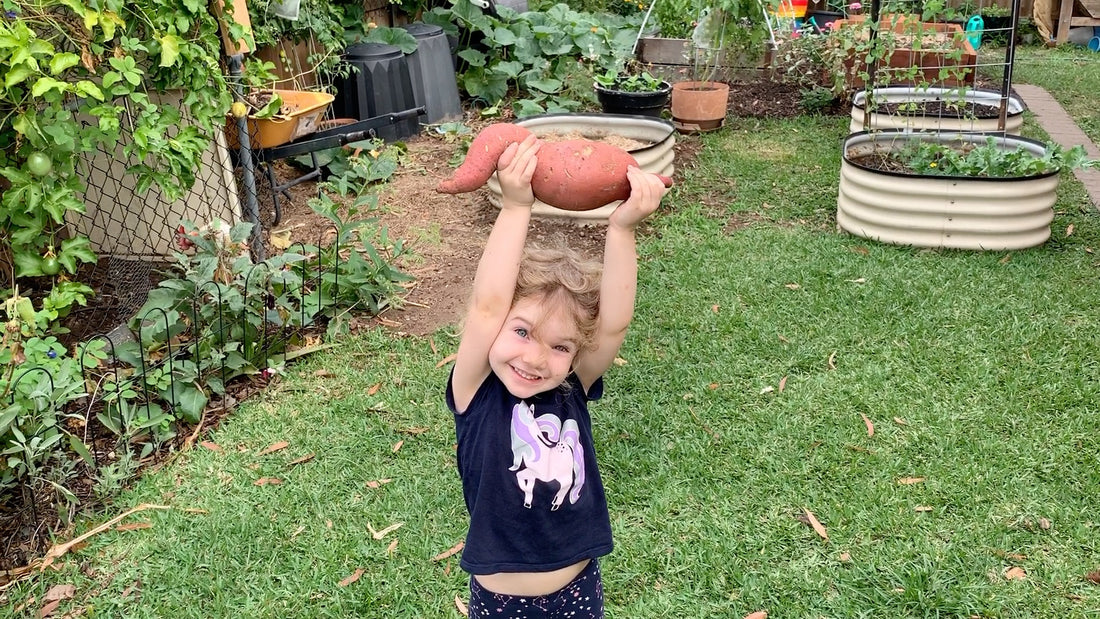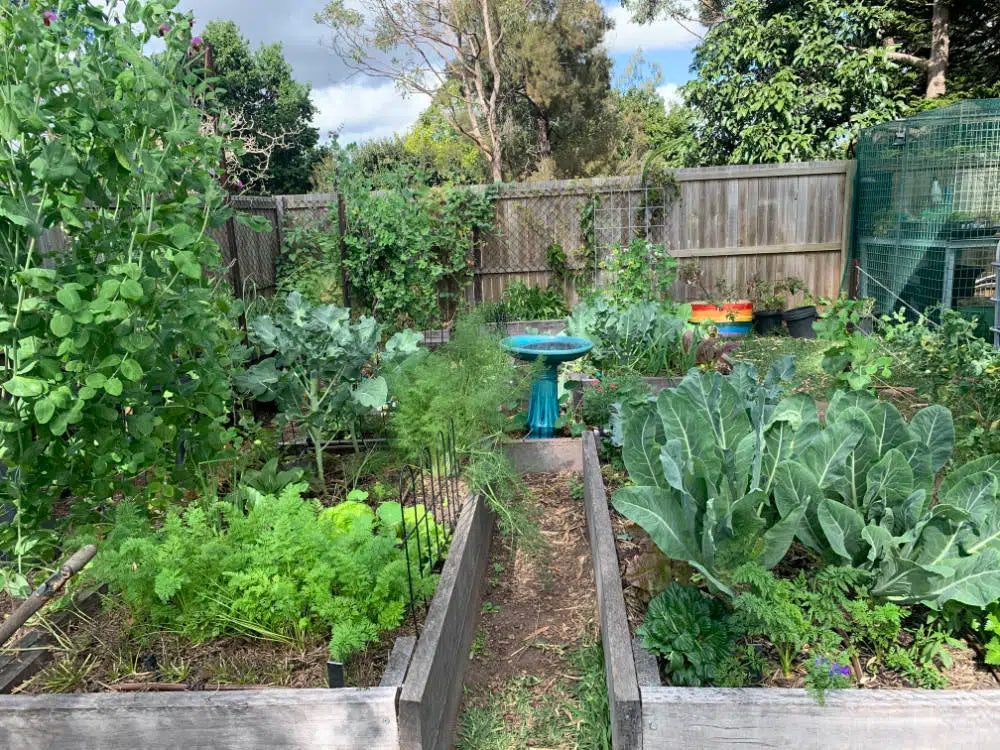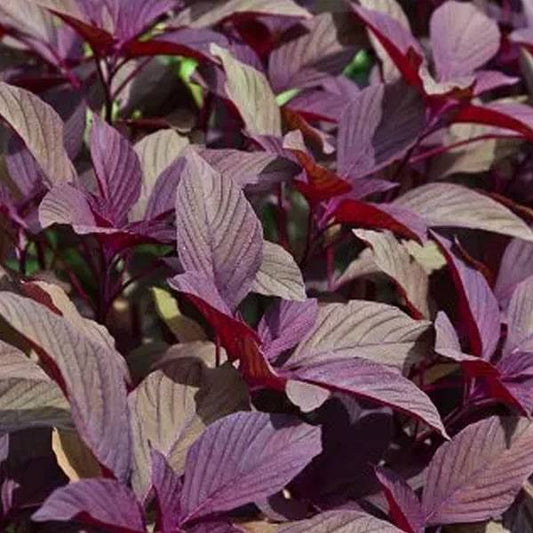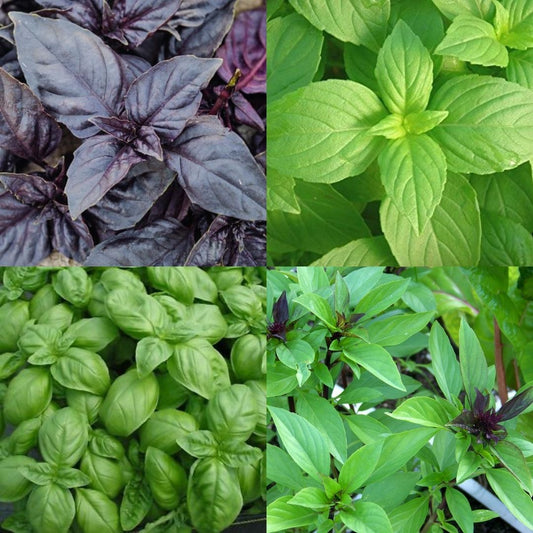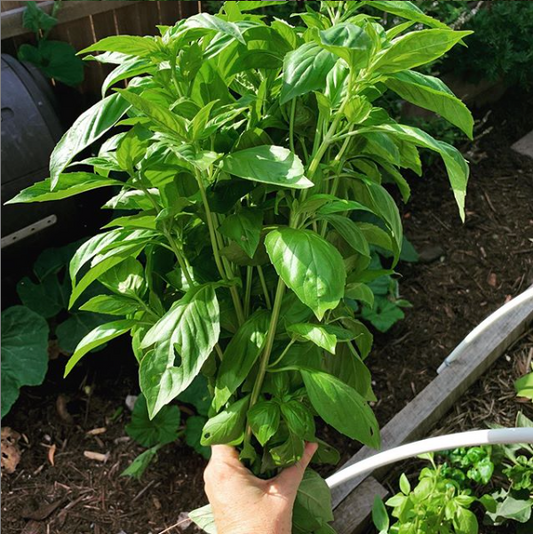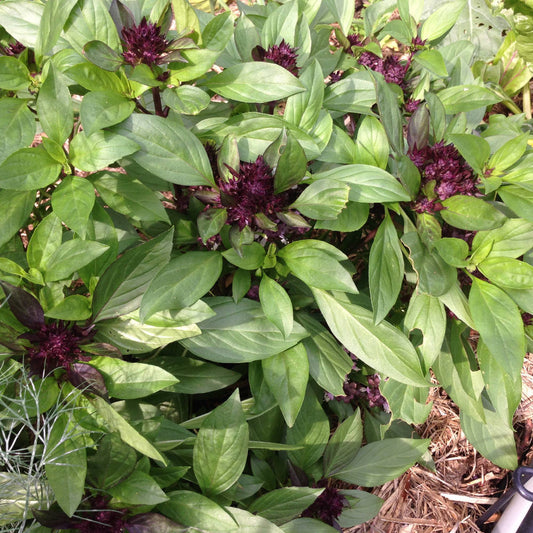Sweet potatoes would have to be hands down one of the easiest set and forget crops for us here in the subtropics. They are pretty resilient and hardy and grow when not much else will.
You can find our latest harvest of sweet potatoes in this YouTube video below.
So I thought share some tips and answer some common questions I get about growing sweet potatoes.
Choose your space wisely
This is really important. It is near impossible to rid your bed of sweet potato tubers once they take hold. Either set a dedicated area for your sweet potatoes or put them in a contained area (pot, tub) or just be prepare to weed them out as they pop up.

It may sound like a good problem to have, we all love sweet potatoes, but we also love getting our autumn crops into the ground in time because our cool season is so short. And sweet potatoes you usually harvest in middle of autumn (one of our most productive times after relentless summers).
Will they grow in pots?
Absolutely. We've successfully grown sweet potatoes in pots and bags. Like anything, the size of the pot will determine yield. Bigger pots equal more potatoes. I wouldn't recommend attempting in anything smaller than 50cm.
Our rainbow pot is around 75cm in diameter and we had a harvest of around 3kgs. Which is 10kgs less than what we got from a 1.5m bed. But if space is a concern and it's too hot to grow much else then definitely give it a crack.

Does it need to flower?
No. The flowers are stunning and I love them. I just know when we get flowers we're going to get huge ones. We have never get flowers in ones we've grown in pots, but we still get a decent harvest.
How to propagate
If you have a tuber that is sprouting, you've got a plant. And they are so easy to duplicate from this point, you can simply take a cutting and pop it into water until it shoots and then plant it out. If you have tubers from last year still left in the ground they'll just re-sprout when they are are ready. Plants know when to show up.
Where to plant
Super important to your success is good loose soil (see my video the difference between no dig vs where they tried to stretch out into the clay). We had great success with our not dig bed (Dirt Lovers can get my full recipe here), that's what I'll stick with from now on with these guys.
Also full sun is a must, if they don't get the full sun they won't put much energy into the roots so you'll get a lot of leaves instead. So find your sunniest and hottest spot for them.
When to plant
We start ours in Late Spring Early Summer (November - Early December). We find they need that January rain to get going so they don't do much if you plant them in spring anyway. It's a good excuse to get a good Spring crop of beets in and then plant them out when not much else will grow.
If you time it right with the rains you won't need to water them much either.
When to harvest
They take anywhere from 4-6 months depending on conditions. So it's one you need patience for. We plant ours out in Early December with harvesting in Mid to late April. A good indicator that they are ready is they will start to yellow and die back (if you live in hotter climates they may not do this). You can have a little dig and see if you can find any and harvest what you need as well.

How to store them
Don't wash them if you plan on storing them. The soil will help protect them. You then need to cure them, preferably in a warm dry spot when the weather is still humid. Lay them out so they can 'cure' for couple of weeks before storing in a dark spot. Do not store them in the fridge as they will rot, they are kind of the opposite to most other crops where they need humidity to cure and don't like it too cold.
Don't forget the leaves
Yes you can eat them too! We use them as our summer spinach. They are great in stir fries as a replacement asian green. I am sure there are other ways to use them so I am sure you can get creative.

